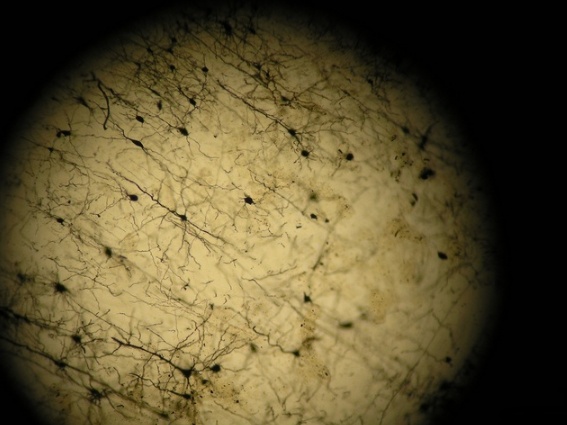The image looks nice! However, you need to track the dendrites by adjusting focal plane and using software such as Neurolucida. Um... This is very time-consuming! I tried Photoshop and it works if you have acquired the images already. Another good option will be the NeuronJ plugin for ImageJ (http://www.imagescience.org/meijering/software/neuronj/). The parameters you can analyze include:
1. The number of branching points at various distances from the soma (Sholl Analysis). Note that there is also a plugin available for ImageJ. Check out the PDF instruction here: http://biology.ucsd.edu/labs/ghosh/software/ShollAnalysis.pdf
2. Total dendritic length.
3. The number of spines (per 10 um, and present the data in X spines/um or normalized spine density). However, a objective lens of around 100X magnification is normally required. If this would be ok for you, you can even classify the spines into different categories: filopodia-like spines (well, for confocal microscopy this type of spines could be easily recognized. I am not sure whether you can see it on Golgi-impregnated spines), mushroom-like spines, stubby spines, and thin spines. For further analysis, you can measure the spine head width, size and whatever. Note that this is also very labor-intensive!!!
My personal suggestion for those interested in image analysis is: download ImageJ first, and see how you can use it to fulfill your research purpose. You will never be disappointed!
Good luck!
|





